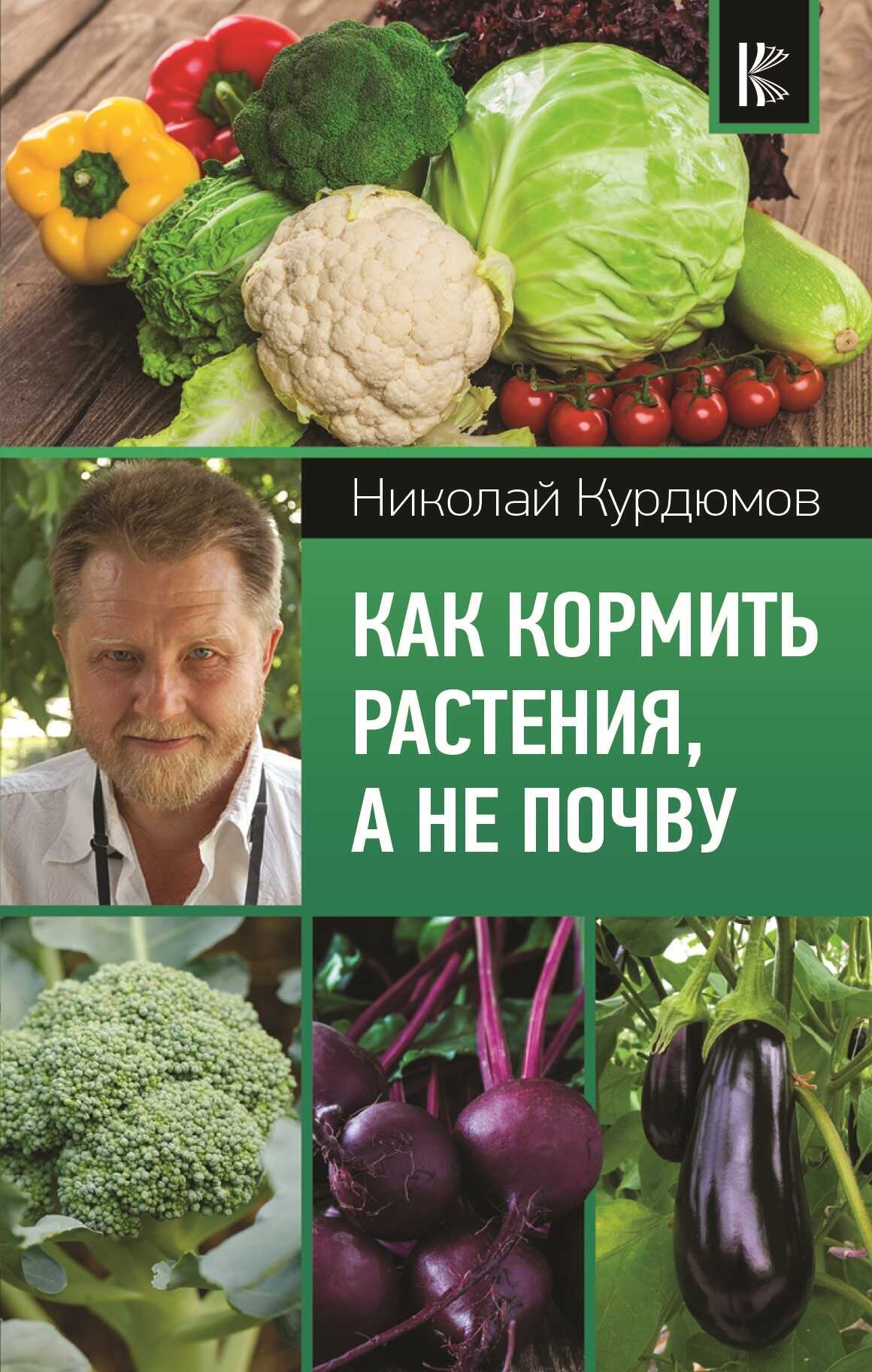Шрифт:
Закладка:
The stickers are placed on the “Timeline.” Participants may be asked to write down the year or the exact date of the events on their stickers. It is common to question which events to write down — only positive ones or any at all? Note that they should indicate the events that are significant to them, and the interpretation of significance is up to them.
Participants are then divided into three groups, each analyzing one of the three directional areas. The task is to examine the events on the “Timeline” for each area (country, territory, self), identify common themes that are relevant to the group, note any peculiarities, and attempt to draw conclusions. Each of the three groups will present their findings. This will be followed by a group discussion on how our past experiences affect our lives today and how we might use this understanding in the present and future.
Stage 4. A Glimpse into the Present. The objective at this stage is to capture the current situation in the territory and reflect on the main trends (both positive and negative), as well as existing community resources available for the implementation of social initiatives. This stage consists of two significant exercises.
The initial task is the creation of a “Resource Map” for the territory. This exercise implies collaboration in small teams. Each sub-group is to creatively draft a resource map on a flipchart, which can be descriptive, illustrative, or schematic. It is vital for participants to understand that the term ‘resources’ here extends beyond just finances to encompass natural elements, community skills, and touristic appeal. The allotted duration for this task is 20 minutes. Documenting the outcome on a flip chart is a requisite step. Subsequently, each group is expected to deliver a presentation of their resource map. An example of a “Resource Map” can be viewed in Figure 1.
Following all mini-group presentations, a discussion should take place regarding which resources are commonly identified, which resources have been overlooked and reasons why, which are unique, and their potential as focal points for development. Overall conclusion: Determine which existing resources on the territory could serve as a foundation for project realization without the need for extra funding.
Next, participants are encouraged to individually note down in their journals what aspects of their community and region make them proud and what they regret. Participants must list at least five “prouds” and five “regrets” on separate stickers and then affix them to a collective sheet — the “Map of Consciousness.” Participants should then engage in a dialogue to reflect on their noted items. The sum of “positives” and “negatives” tallied on the stickers should be no less than 20 for each category.
Participants then receive 3–4 small stickers each to denote on the “Consciousness Map” what they deem the most critical positive and negative attributes of their community.
With the facilitator’s guidance, participants review which “prides” and “regrets” got the most attention and which aspects were overlooked. The discussion should lead to a consensus that while all noted points on the “Consciousness Map” are significant, there are certain priorities; some actions need to be addressed immediately, while others can be deferred.
Stage 5. Focus on the group’s core priorities. The objective of this phase is to capture what participants are currently engaged in, fostering a sense of achievement and addressing areas of regret within their community.
Figure 1. “Resource Map” Example
Discussion is organized within small groups. This is followed by brief presentations from each group. The essential realization for participants is that numerous activities are already underway within the territory, albeit in a fragmented manner. Recognizing that shared interests and collective goals lead to stronger outcomes is key. To understand the overall goal, you need a picture of the future.
Stage 6. Envisioning the Future. Participants are invited to create a shared vision of the territory’s future, in about 10–15 years, depicting a place where they aspire to reside.
Creative sessions are organized in small groups. Groups are given the creative task of constructing a visual representation, such as a collage or model, using various materials and media. In their visionary creations, participants are encouraged to incorporate the territory’s historical context (as depicted on the “Timeline”), its current state (“Resource Map” and “Consciousness Map”), and prospective future.
Each group is then expected to present their results in a creative way. It is important that the presentation is made as if the future has already arrived: this could be a tour of the territory of that time (for example, the year 2035), or a letter to ancestors from descendants living in 2035, or a news story from 2035.
Subsequently, a group discussion should be held to identify recurring themes within these envisioned futures, understand the distinct elements presented, and explore their origins. It is critical to assess whether the envisioned futures are grounded in the resources that are currently available within the territory.
Stage 7. Action Planning. The goal is to craft project ideas that are feasible for immediate implementation within the territory, thereby bringing the envisioned future within closer reach.
Participants are asked to identify initiatives that they can initiate right now, to take concrete steps towards the future they envision. They form groups centered around these ideas and proceed to





